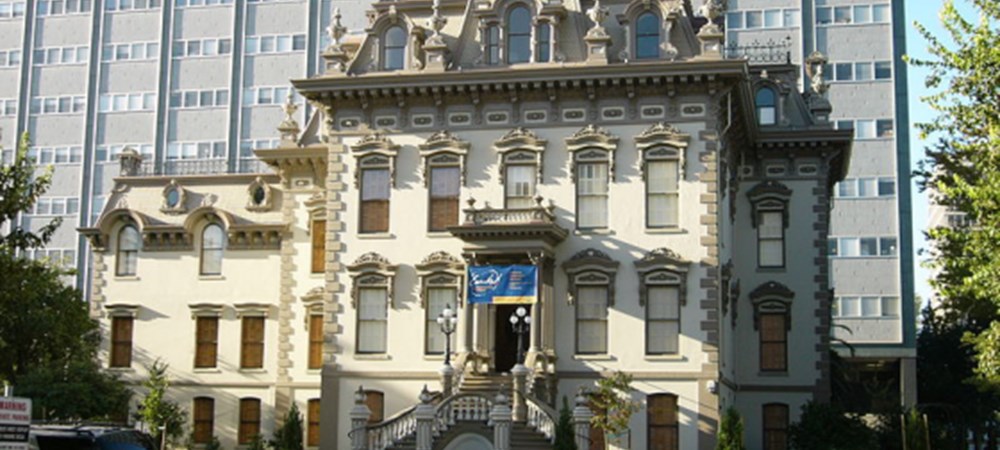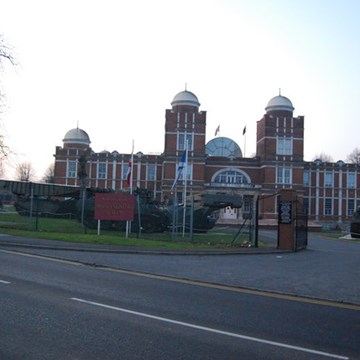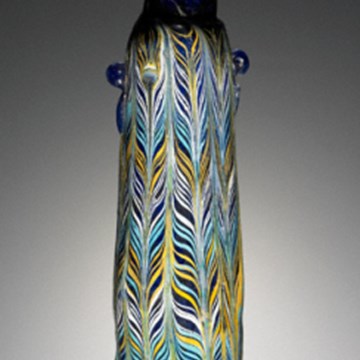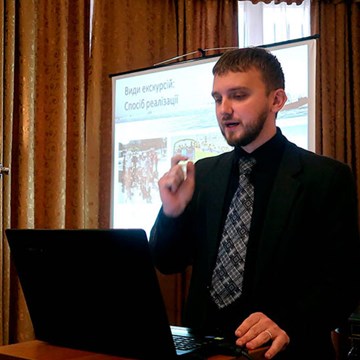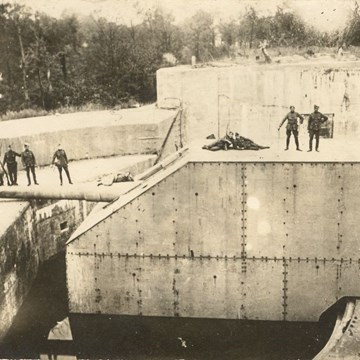Leland Stanford Mansion State Historic Park
After a 14-year, $22 million restoration and rehabilitation, the Mansion is now open to the public as a museum. It also serves the citizens of California as the state's official reception center for leaders from around the world.
The Leland Stanford Mansion is a stunning example of the splendor and elegance of the Victorian era in California. On your tour of the 19,000-square-foot Mansion you will see:
- 17-foot ceilings
- Gilded mirrors and exquisitely detailed carved moldings
- Beautifully restored woodwork
- Elegant 19th century crystal and bronze light fixtures
- Historic paintings
- Re-created carpeting and draperies based on photographs from the 1870s to match the original interior design
- Original period furnishings that belonged to the Stanfords.
- 19th-Century style gardens
Originally built in 1856 by Gold Rush merchant Sheldon Fogus, the Mansion was later purchased and remodeled (twice!) by Leland and Jane Stanford. Leland Stanford served as Governor of California from 1862-1863. The Mansion served as the office of three governors during the turbulent 1860's - Leland Stanford, Fredrick Low and Henry Haight.
As a pro-Union Civil War governor and president of the Central Pacific Railroad, Leland Stanford negotiated political and business deals at the Mansion that helped complete the transcontinental railroad.
Jane Lathrop Stanford gave birth to their only child, Leland, Jr., here on May 14, 1868. The couple's new wealth enabled them to expand the mansion in 1872, creating the architectural legacy you can see today.
In 1900 Jane Stanford gave the mansion to the Catholic Diocese of Sacramento, with an endowment of $75,000 in railroad bonds, for the "nurture, care and maintenance of homeless children." The Sisters of Mercy, and later the Sisters of Social Service, adapted the aging building to their needs. As decades passed, the old neighborhood gave way to state office buildings, and the cost of upkeep grew. In 1987, the Stanford Home for Children moved to new facilities in north Sacramento.
In 1978 the State of California purchased the property for use as a state park. The imposing structure was listed as a National Historic Landmark in May 1987.
Text source
Photo source
Exhibitions and events
We don't have anything to show you here.
Educational programs
We don't have anything to show you here.
Collections
We don't have anything to show you here.
